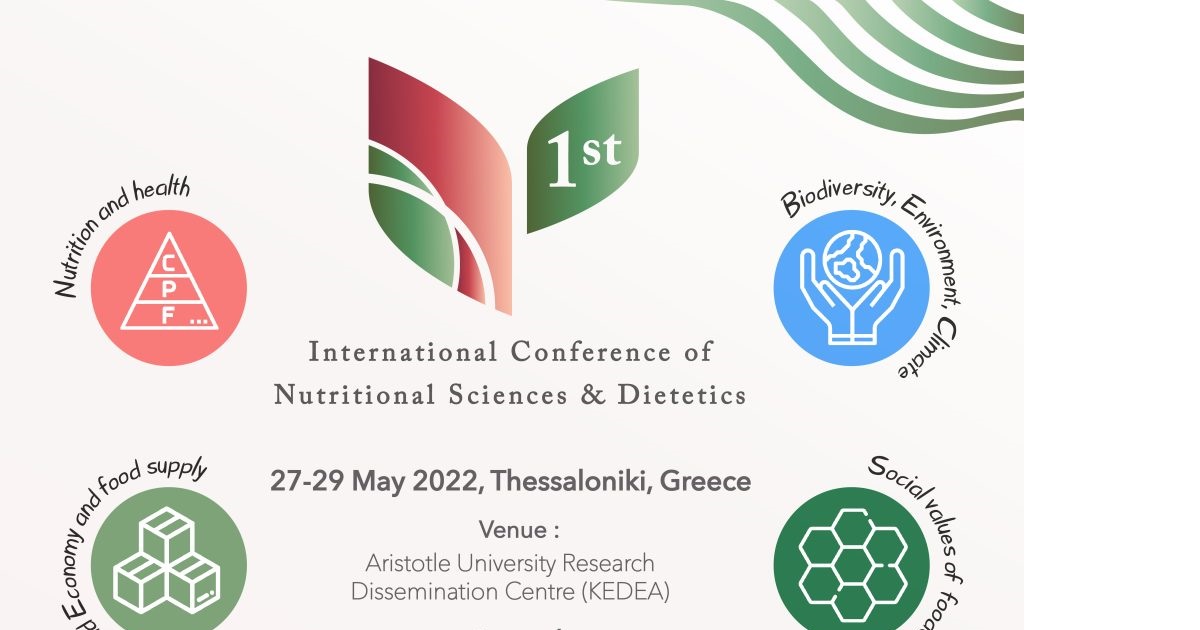Sustainable Nutrition—Healthy People
A special issue of Nutrients (ISSN 2072-6643). This special issue belongs to the section "Nutrition and Public Health".
Deadline for manuscript submissions: closed (24 April 2023) | Viewed by 82425

Special Issue Editors
2. Department of Nutritional Sciences and Dietetics, International Hellenic University, 57400 Thessaloniki, Greece
Interests: food allergy/intolerance; immunomodulation and nutrition; gut–brain axis; nutritional psychiatry; inflammaging; food histamine; food proteins; diet; nutrition; eating disorders; immunity
Special Issues, Collections and Topics in MDPI journals
Interests: nutrition information systems; ICT-assisted energy intake and physical activity assessment; nutrition databases; ontologies; semantic web; online social networks; digital/online nutrition and lifestyle interventons
Interests: dietary assessment; nutritional evaluation; dietary treatment of obese patients; cardiometabolic diseases; childhood obesity
Interests: bioinorganic chemistry; metall complexes with pesticides; anti-microbial and NSAID’s; antioxidant; anti-inflammatory; anticoagular activity
Special Issue Information
Dear Colleagues,
Global evidence strongly indicates the need for a substantial shift from current diets to healthier, more sustainable ones. Modern local and global food systems should operate within planetary boundaries, considering climate change and ever-dwindling natural resources. As such, diets should maintain a balance of environmental sustainability and optimum health outcomes for the consumers; however, to achieve the wide adoption of such diets, they must also be socioculturally and economically acceptable. The shift towards sustainable nutrition, facilitated by a digital world and economy, might halt the epidemic of several NCDs, such as obesity, cardiovascular disease, neurological and immune-related diseases, but this is yet to be extensively investigated.
This Special Issue encourages authors to submit original research articles or reviews addressing all dimensions of sustainability and healthy diets in Nutritional Sciences and Dietetics, including cross-sectoral and interdisciplinary aspects. The Issue will work in collaboration with the 1st International Conference of Nutritional Sciences and Dietetics (1st ICONSD 2022, www.iconsd.org). Abstracts submitted to the conference for oral or poster presentations will have the opportunity for evaluation; the speaker with the best presentation will be able to publish their manuscript in this Special Issue with the publication fee waived. Any other conference participants will be offered a 15% discount if they wish to submit their paper to this Special Issue.
Dr. Emilia Vassilopoulou
Dr. Ioannis Pagkalos
Prof. Dr. Maria Hassapidou
Prof. Dr. Athanasios Papadopoulos
Guest Editors
Manuscript Submission Information
Manuscripts should be submitted online at www.mdpi.com by registering and logging in to this website. Once you are registered, click here to go to the submission form. Manuscripts can be submitted until the deadline. All submissions that pass pre-check are peer-reviewed. Accepted papers will be published continuously in the journal (as soon as accepted) and will be listed together on the special issue website. Research articles, review articles as well as short communications are invited. For planned papers, a title and short abstract (about 250 words) can be sent to the Editorial Office for assessment.
Submitted manuscripts should not have been published previously, nor be under consideration for publication elsewhere (except conference proceedings papers). All manuscripts are thoroughly refereed through a single-blind peer-review process. A guide for authors and other relevant information for submission of manuscripts is available on the Instructions for Authors page. Nutrients is an international peer-reviewed open access semimonthly journal published by MDPI.
Please visit the Instructions for Authors page before submitting a manuscript. The Article Processing Charge (APC) for publication in this open access journal is 2900 CHF (Swiss Francs). Submitted papers should be well formatted and use good English. Authors may use MDPI's English editing service prior to publication or during author revisions.
Keywords
- nutrition
- public health
- non communicable disease and diet
- gut-brain axis
- immune-related disease, diet and environment
- biodiversity, environment, climate
- social values of foods and nutrition
- accessibility
- eco-friendly, local seasonal foods
- economy and food supply
- nutrition informatics
- healthy digital food environments
- IT platforms for monitoring dietary patterns
Benefits of Publishing in a Special Issue
- Ease of navigation: Grouping papers by topic helps scholars navigate broad scope journals more efficiently.
- Greater discoverability: Special Issues support the reach and impact of scientific research. Articles in Special Issues are more discoverable and cited more frequently.
- Expansion of research network: Special Issues facilitate connections among authors, fostering scientific collaborations.
- External promotion: Articles in Special Issues are often promoted through the journal's social media, increasing their visibility.
- Reprint: MDPI Books provides the opportunity to republish successful Special Issues in book format, both online and in print.
Further information on MDPI's Special Issue policies can be found here.







